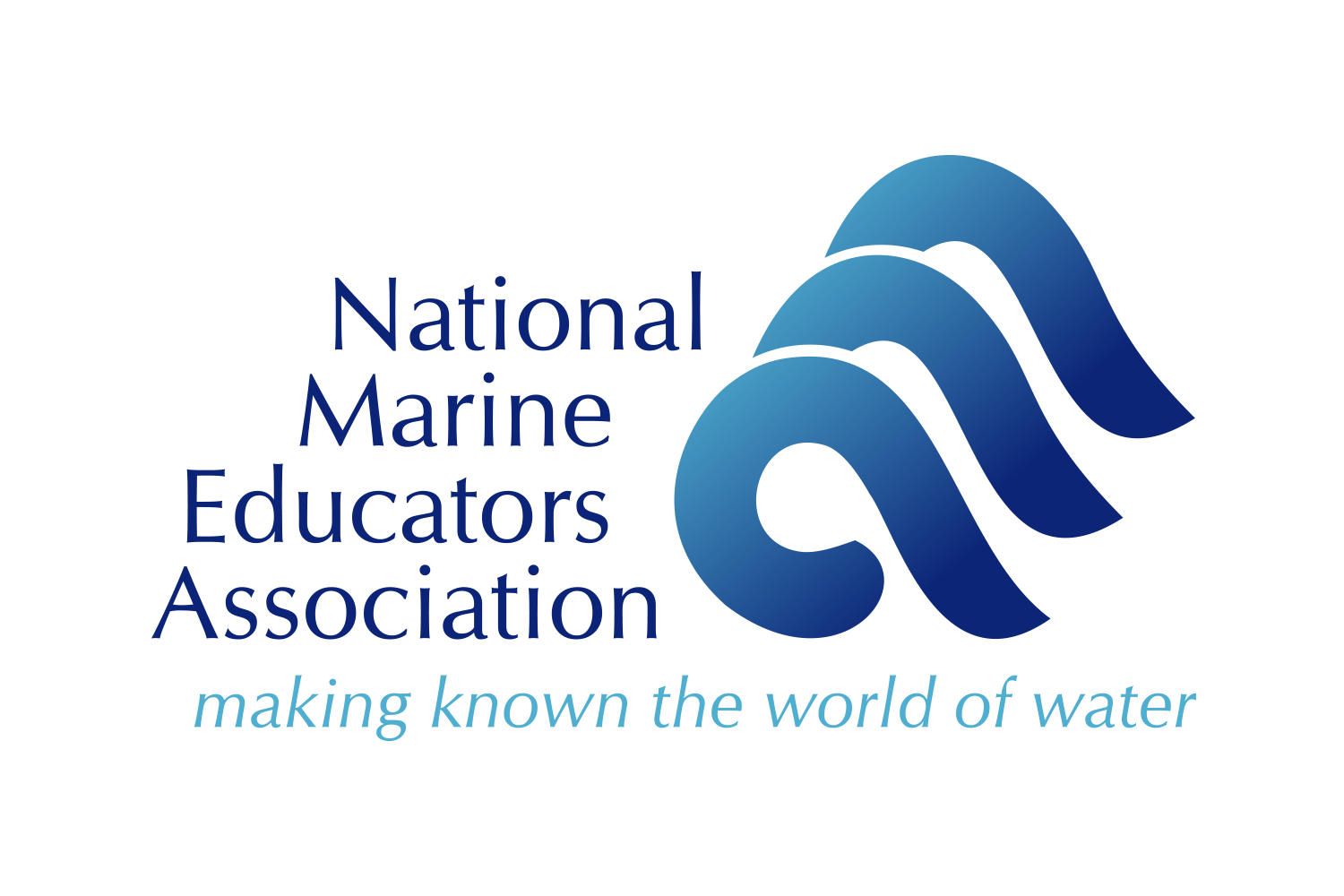Going Old School in the Time of COVID-19
Kanesa Duncan Seraphin
Professor / Sea Grant College Program, School of Ocean and Earth Science and Technology
University of Hawaiʻi at Mānoa
Kapaʻa, Hawai’i
Like many of us, my Coronavirus life is very much online. I socialize and see my family online. In my work life, I am sharing our new online SeaEarthAtmosphere.org materials via a virtual conference for Hawaiʻi educators this week. We’re even filming new episodes of our Voice of the Sea TV series using Zoom—like many nightly TV shows and news agencies.
Tips for recording remote interviews from Zoom:
- Set all computer video settings to HD.
- Optimize recording audio for 3rd party editing.
- For more sophisticated editing, set up second camera angles using smart phones.
Our remote TV production has been an interesting experiment! There are many things that need improvement, but I am excited about being able to provide (1) a look at how Coronavirus is affecting science and our ocean planet, (2) a sneak peak into the homes and lives of scientists, and (3) a positive outlet for researchers and educators.
However, as much as online adaptation is exciting and necessary, it is important for us as educators to also consider what Coronavirus times look like for communities and students without high-speed connectivity. The island where I live is struggling to keep up with customers’ increased demand due to Coronavirus. And, as a state, Hawaiʻi has limited virtual education because of equity issues regarding access—yet we have more connectivity than many of our Pacific island neighbors. Communities in the continental US have similar issues.
Kanesa filming the first Coronavirus episode of Voice of the Sea with Hanauma Bay Marine Educator, Anne Rosa.
Internet Access in the US
- Overall, 27% of Americans lack high-speed internet access.
- Lower income segments of the population are worse off; in US households earning less than 30K per year, 44% lack high-speed internet—compared to just 8% in homes making more than 75K per year.
- The trend is similar for educational differences, and disparities are more pronounced among ethnic groups, in black and hispanic communities, and rural areas.
Source—Pew Research Center, 2019
Kanesa (front row, center with daughter Laola) with Sea Grant educators at the NMEA 2017 conference in South Carolina. It is exciting to see the dynamic education efforts of my colleagues during Coronavirus.
I was recently talking with our Sea Grant educators (during a virtual cocktail hour!) about ways we are using old school techniques alongside new technology. For example, instead of in-person offerings, summer science programs are doing things like “camps-in-a-box.” In some cases, the box has supplies and directions for the whole family to enjoy anytime. In other cases, the activities are more structured and can be paired with online instruction. Programs are also considering ways to provide resources to communities who cannot afford the additional costs of camp or camp materials. For our Voice of the Sea series, we have been hosting YouTube Watch Parties and creating online portals for TV episodes and associated curriculum. For non-internet users, we have been sharing family discussion questions aligned to weekly episode broadcasts on TV Saturday and Sunday evenings.
I look forward to learning about more old school type offerings that educators are using, in addition to online resources, as we navigate the coming months of COVID-19!
Hanauma Bay is experiencing an unparalleled period of rest, and researchers are studying the effects on coral recruitment and fish behavior.
About Kanesa
I am Director of the Hawaiʻi Sea Grant Center for Marine Science Education. Our work focuses on making ocean science accessible—breaking down the barriers of how and by whom research is conducted, providing career connections and engaging the community in societal issues.
My current projects include producing and hosting the Voice of the Sea television series, developing curriculum (Exploringourfluidearth.org and SeaEarthAtmosphere.org), community science projects (intertidal algae and microplastic/infaunal organisms in the sand), and helping to organize the next NMEA conference in Honolulu, which was supposed to be this summer but is now scheduled for July 12-16, 2021.
My academic degrees include a BS in biology, MS in zoology, and PhD in zoology studying scalloped hammerhead sharks. I also have a post-baccalaureate education certificate in secondary science education and a secondary science credential for the state of Hawai‘i.
I love being in the water and in the ocean. I grew up as a competitive swimmer, and since moving to Hawaiʻi in the late 1990s, have had the opportunity to learn from incredible water people and participate in amazing water sports—from body boarding to canoe and kayak paddling to long-distance prone paddleboard races.



